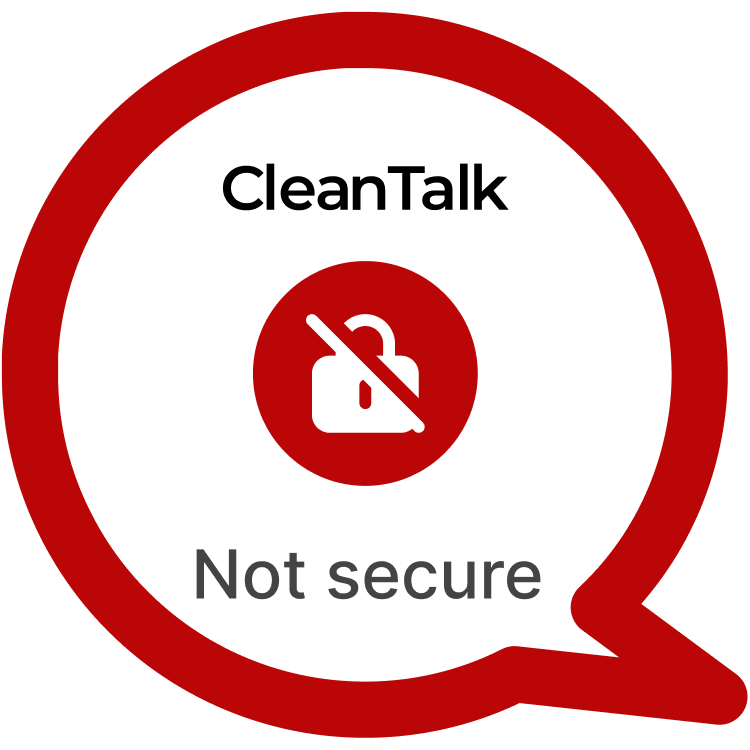The Newsletter plugin is a cornerstone of email marketing for WordPress, with over 300,000 active installations. It allows site owners to embed subscription forms via shortcodes and widgets, manage subscriber lists, and send targeted campaigns. Yet, a critical security flaw—CVE-2025-3581—has been discovered within its widget configuration. This vulnerability permits a user with Editor privileges to inject malicious JavaScript into the widget’s Title field. As a result, any visitor or administrator viewing the widget on the frontend will execute the stored script, potentially establishing a persistent backdoor and complete site compromise.
| CVE | CVE-2025-3581 |
| Newsletter – Send awesome emails from WordPress < 8.7.5 | |
| Critical | High |
| All Time | 30 838 157 |
| Active installations | 300 000+ |
| Publicly Published | May 30, 2025 |
| Last Updated | May 30, 2025 |
| Researcher | Dmitrii Ignatyev |
| OWASP TOP-10 | A7: Cross-Site Scripting (XSS) |
| PoC | Yes |
| Exploit | No |
| Reference | https://cve.mitre.org/cgi-bin/cvename.cgi?name=CVE-2025-3581 https://wpscan.com/vulnerability/2d96f018-510d-40ab-9e73-76fa44784813/ |
| Plugin Security Certification by CleanTalk |  |
| Logo of the plugin |
PSC by CleantalkJoin the community of developers who prioritize security. Highlight your plugin in the WordPress catalog.
Timeline
| February 18, 2025 | Plugin testing and vulnerability detection in the Newsletter – Send awesome emails from WordPress have been completed |
| February 18, 2025 | I contacted the author of the plugin and provided a vulnerability PoC with a description and recommendations for fixing |
| May 30, 2025 | Registered CVE-2025-3581 |
Discovery of the Vulnerability
The flaw emerged during an in-depth audit of the Newsletter plugin’s widget settings. While verifying user input sanitization, we observed that the “Title” field of the “Newsletter” widget was output directly into the page without escaping. Editors can therefore embed payloads such as <img src=x onerror=alert(1)> in the Title. Because the plugin trusts and stores this input, it executes whenever the widget is rendered, illustrating a classic case of Stored XSS.
Understanding of XSS attack’s
Stored XSS remains one of the most dangerous vulnerabilities in the WordPress plugin ecosystem. Unlike reflected XSS, stored XSS payloads reside in the site’s database, affecting every user who views the compromised content. WordPress grants Editor roles the unfiltered_html capability by default, allowing them to input raw HTML. When plugins fail to enforce contextual escaping—like using esc_html()—attackers can weaponize trusted interfaces. Historical incidents, such as XSS in Contact Form 7 and other newsletter plugins, have led to session hijacking, stealth admin account creation, and mass email injection attacks.
Exploiting the XSS Vulnerability
To exploit CVE-2025-3581, an attacker with editor+ privileges:
POC:
1) Create a new Widget "Newsletter" 2) Change "Title" field to <img src=x onerror=alert(1)> 3) To trigger XSS tou should go to the any page (Admins and editors are allowed to use JS in posts/pages/comments/etc, so the unfiltered_html capability should be disallowed when testing for Stored XSS using such roles)____
This vulnerability allows an Editor—ordinarily limited to content creation—to pivot into full administrative compromise. Once the XSS payload runs, it can hijack administrator sessions, alter site settings, or install malicious plugins. On high-traffic blogs, e-commerce sites, or membership portals, the impact is severe: user data theft, phishing campaigns disguised as legitimate newsletters, and unauthorized site modifications. Because the widget appears site-wide, the exposure is broad and immediate.
Recommendations for Improved Security
Update Immediately: Apply the Newsletter plugin’s security patch for CVE-2025-3581.
Escape Widget Titles: Developers must sanitize every widget field output using esc_html() or wp_kses() to strip event handlers.
Restrict Editor Capabilities: Remove unfiltered_html from Editors where possible, using a role manager plugin.
Implement CSP/WAF: Deploy a Content Security Policy blocking inline scripts and a Web Application Firewall to detect XSS payloads.
Audit and Monitor: Regularly review widget configurations in the admin dashboard and monitor for unauthorized changes.
To prevent this type of attacks vendor used our methods of prevention.
By taking proactive measures to address Stored XSS vulnerabilities like CVE-2025-3581, WordPress website owners can enhance their security posture and safeguard against potential exploitation. Stay vigilant, stay secure.
#WordPressSecurity #StoredXSS #WebsiteSafety #StayProtected #HighVulnerability
Use CleanTalk solutions to improve the security of your website
Dmitrii I.